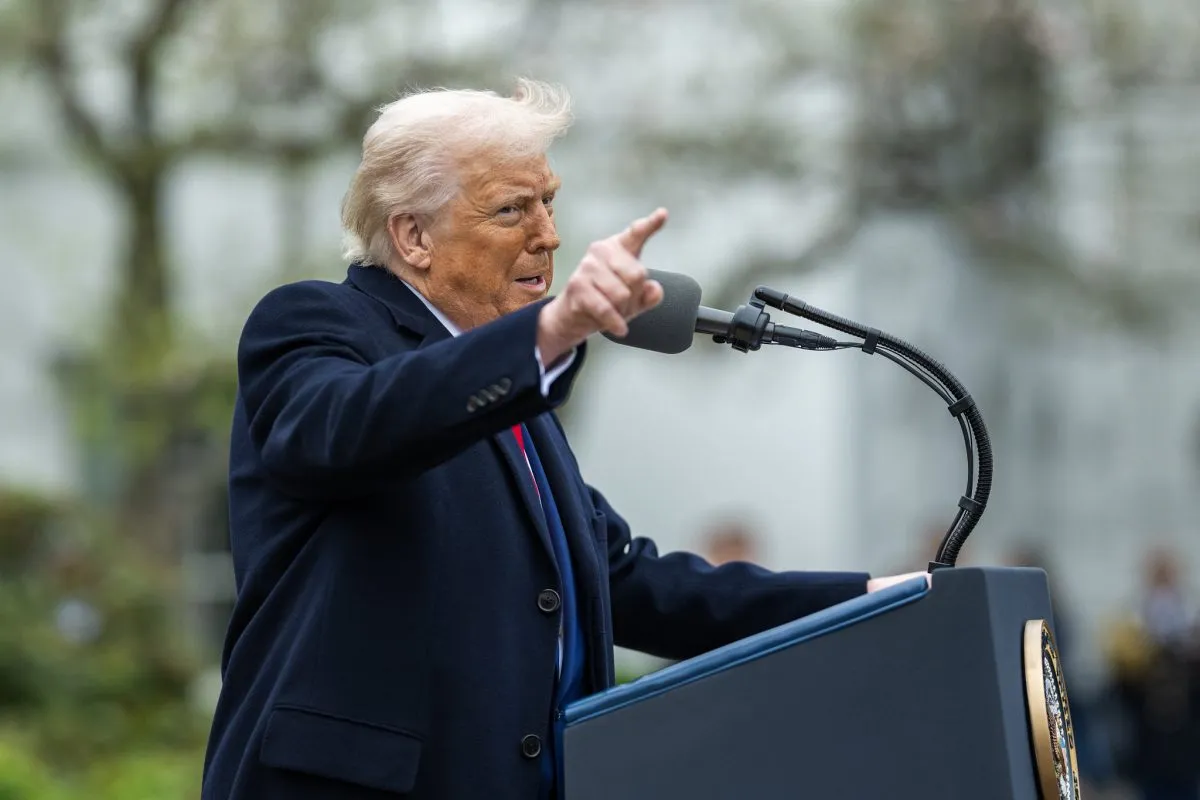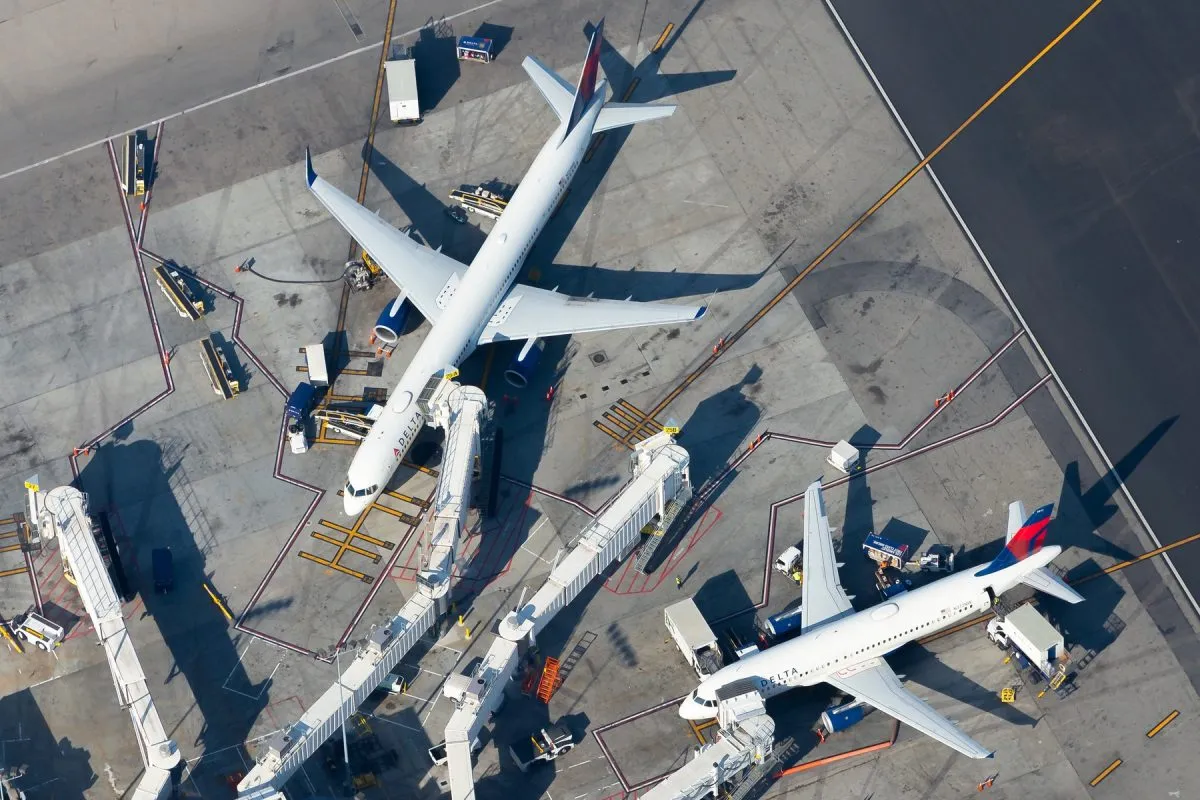American and United Diverge on Summer Recovery Expectations
Skift Take
The three major U.S. global airlines usually report similar demand weakness and strengths, but during the Covid-19 pandemic, American Airlines and United Airlines have taken divergent paths.
Between May 24 and May 29, American carried an average of 110,330 daily passengers, a number low by historical standards, but robust compared to what some other airlines have reported. By comparison, at an investor conference last week, United CEO Scott Kirby said his airline flew slightly fewer than 50,000 passengers on May 27.
That discrepancy may continue at least through July, as both airlines have made clear their plans for next month. On Thursday, American announced it will substantially boost its July domestic flight schedule, as it seeks to capitalize on what it claims is momentum. United will increase flights, too, but not by so much.
American will fly about 40 percent of its planned July schedule, while United will fly about 25 percent. Both airlines have been slashing their long-haul flights, so the big difference is coming in the domestic market. Each airline sees recovery, but American is much more bullish, reporting pockets of strength in the Southeast and interior mountain west.
"Travel's coming back, slowly, but it's coming back," American CEO Doug Parker told CNBC on Thursday. "There are parts of the world, such as the Gulf Coast, where there are things for people to do, like go to beaches, where there is demand for air travel."
In broad terms, Kirby might not disagree with Parker's premise of limited improvement, but Kirby repeatedly has reminded employees and investors not to expect quick recovery. That has not changed in the past week.
At a town hall meeting on Wednesday, Kirby said United flew about 40,000 passengers on Tuesday, 90 percent less than normal levels. In a response to an employee question about why United does not have as many flights as competitors, Kirby blamed the low passenger numbers on demand, not a lack of capacity.
"We're encouraged and trying to put more fights out there for customers, but the issue really is about demand, not flight availability," he said. "It's about how many people want to fly. ... There's still a lot of people that are afraid or unwilling to fly, but that is getting better and better every day."
Why do the two airlines view this summer's recovery differently? These may be some reasons.
Different Hub Structure
United has tried to play catch-up in the past three years, bulking up hub mid-continent hubs in Chicago, Houston and Denver. But it is stronger on the coasts, especially at big-money hubs in San Francisco and Newark, where it has a hearty international network.
Both regions were decimated by the Covid-19 pandemic, and have been slower to recover. More recently, both cities have seen significant protests, which could be depressing travel demand.
American has its own coastal hubs, in Los Angeles and New York, but neither was strong before Covid-19 hit. Its strength is in massive fortress hubs in Charlotte and Dallas/Fort Worth – two regions that opened for business relatively early. That probably gives American a structural advantage over United.
"They are both incredibly strong hubs, in good times and bad," said Jay Shabat, senior analyst at Skift Airline Weekly. "Both are fast-growing Sunbelt-type places with good economies."
Different Seat Mix
Not long before Covid-19 hit, United made a big bet on premium seats, adding extra first class and business class seats to many jets. United wanted to capitalize on what was then increasing demand for more comfortable seats.
United expected corporate travelers would buy most of them, but many business travelers have been staying home. They are not expected to return in big numbers until at least the end of the summer, and even when they come back, it's not clear they will have large budgets.
American has many premium seats as well, but it has removed some business class seats in recent years, while adding economy class seats. In current circumstances, this is probably a strength.
Florida
American is the only one of the Big Three with a hub in the state, in Miami. Many airlines say Florida is coming back faster than other states, in part because it opened its beaches early, well before Las Vegas opened casinos.
In July, American said it will offer more seats to Florida than any other airline. "They are betting on the leisure travel, and they are doubling down on Florida," Shabat said.
United historically has been undersized in Florida, except from its Newark hub.
Might As Well Be Different
American came into this crisis as the weakest among the Big Three network airlines, with more debt than the others. If American copied its competitors, it might emerge in the same place, as No. 3.
This could be a way for American to break from the pack, increase its market share, perhaps generate more cash. But don't expect the extra flying to make money, Shabat said.
"They are seeing leisure coming back nicely and they are chasing after it," he said. "They won't make money on it, but it's better to fill a seat with someone burning a credit than it is to keep a plane on the ground."
Also, don't discount the personal element. Kirby worked under Parker for two decades, until American's board let him go in 2016. Now that Kirby leads his own major airline, perhaps he doesn't want to follow his own mentor so closely.
For more context about American's move, watch Skift Airline Weekly Editor Madhu Unnikrishnan, speaking Thursday on CNBC's The Exchange.




